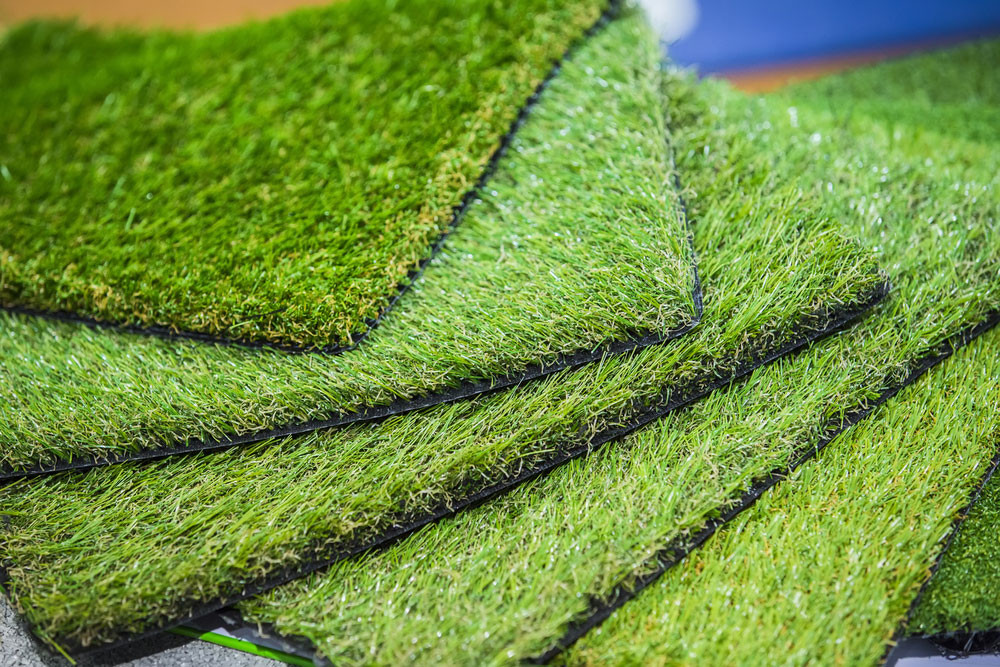Personalized Turf Installation Phoenix AZ for Residences, Businesses, and Play Areas
Delve Into the Environmental Advantages of Opting for Artificial Grass Solutions
The adoption of man-made grass solutions presents a compelling opportunity to resolve pushing environmental challenges. By dramatically decreasing water usage and decreasing the application of damaging chemicals, these alternatives not only advertise sustainable landscaping but additionally safeguard regional ecosystems.
Water Conservation Advantages
One of the most significant advantages of artificial grass is its ability to preserve water. In comparison, synthetic turf does not need watering, considerably reducing the total demand for water sources.
By removing the need for normal watering, synthetic grass adds to sustainable landscape practices and helps reduce the environmental influence of extreme water intake. The preservation of water expands to the decrease of runoff, which can lead to dirt erosion and river air pollution.
Furthermore, the installation of fabricated grass allows home owners and municipalities to allocate water resources more effectively, concentrating on crucial uses such as drinking water and farming. The change in the direction of fabricated lawn not only promotes liable water use yet likewise straightens with more comprehensive ecological objectives targeted at preserving natural sources.
As neighborhoods increasingly focus on sustainability, the water conservation benefits of artificial grass present an engaging instance for its fostering in commercial and household landscape design tasks.
Reduced Chemical Use
The change to fabricated lawn significantly lowers the dependence on chemical therapies frequently utilized in natural turf maintenance. Conventional turf monitoring typically entails the application of fertilizers, pesticides, and herbicides to promote development and control parasites. These chemicals can present dangers to human health, neighborhood wild animals, and the environment, adding to dirt and water contamination.
In contrast, fabricated lawn gets rid of the demand for these damaging substances. By reducing the launch of synthetic substances right into the community, man-made turf promotes much healthier dirt and water systems.
Furthermore, the lack of chemical drainage related to synthetic grass setups aids protect regional rivers from air pollution, sustaining marine life and maintaining biodiversity. Arizona artificial turf. As areas increasingly prioritize lasting techniques, going with synthetic grass offers a sensible solution that aligns with environmental conservation objectives. With this change, homeowner can take pleasure in lavish environment-friendly rooms without endangering ecological health, paving the way for a more sustainable future
Lower Carbon Footprint

Moreover, the installment of synthetic grass can result in substantial water conservation. Natural yards need significant quantities of water for watering, which not just includes to the carbon impact related to water removal and therapy yet additionally pressures neighborhood water sources. In comparison, fabricated turf requires marginal upkeep, calling for no watering, therefore dramatically lowering water use and its linked power expenses.
Furthermore, the durability of synthetic turf adds to its reduced carbon influence. With a life-span of as much as 15 years or even more, the need for regular substitutes is decreased, causing much less waste and reduced energy usage in manufacturing and throwing away traditional lawn alternatives. Overall, man-made turf offers a sustainable choice for eco conscious landscape design.
Habitat Conservation
Habitat conservation is an essential consideration in the dispute over landscape design options, specifically when contrasting fabricated lawn to all-natural lawn. Natural yard lawns usually need substantial upkeep, including the usage of herbicides, fertilizers, and pesticides, which can adversely impact regional communities. These chemicals can leach right into the dirt and rivers, harming native plants and animals and interrupting local habitats.
Man-made grass gets rid of the requirement for harmful chemicals, therefore securing neighboring wildlife and maintaining the integrity of surrounding environments. The installment of synthetic turf can lead to the conversion of former grass areas right into even more biodiverse landscapes, such as pollinator yards or indigenous plant locations, which can sustain local wildlife.
Eventually, the change to synthetic grass not just preserves water and lowers upkeep efforts however also cultivates a much more harmonious relationship in between human tasks and the all-natural atmosphere, promoting habitat preservation while doing so.
Long-Term Sustainability
Long-term sustainability is an essential consider evaluating the benefits of synthetic grass over Click Here traditional turf lawns. One of one of the most substantial benefits of man-made lawn is its resilience; it can last as much as 15-20 years with very little upkeep, whereas natural yard needs frequent reseeding and visit the website substitute. This longevity reduces the need for consistent sources, such as water, fertilizers, and pesticides, which are essential for maintaining a healthy and balanced turf yard.
In addition, synthetic grass adds to a decrease in carbon emissions associated with lawn care tools. Typical grass often require gas-powered lawn mowers, trimmers, and blowers, all of which contribute to air contamination. Arizona turf. On the other hand, artificial lawn removes the need for such tools, advertising a cleaner setting
Additionally, the production of synthetic grass increasingly makes use of recycled materials, improving its sustainability profile. As producers adopt environment-friendly techniques, the ecological footprint of synthetic grass continues to decrease.

Conclusion
The adoption of synthetic grass options presents significant environmental benefits, consisting of significant water conservation, decreased reliance on harmful chemicals, and a reduced carbon footprint. Artificial lawn help in preserving all-natural habitats by decreasing land disturbance and advertising lasting sustainability via the usage of long lasting products. Collectively, these elements highlight the potential of synthetic grass to contribute positively to environmental wellness and provide a sensible choice to conventional landscape design methods in a progressively resource-conscious world.
In contrast, artificial grass does not require watering, significantly decreasing the overall Get More Info demand for water sources. By lessening the release of synthetic compounds right into the ecological community, artificial lawn promotes healthier soil and water systems.
In addition, the installation of fabricated grass can result in substantial water preservation. In comparison, synthetic grass requires marginal upkeep, requiring no watering, thereby dramatically lowering water usage and its linked energy expenses.
